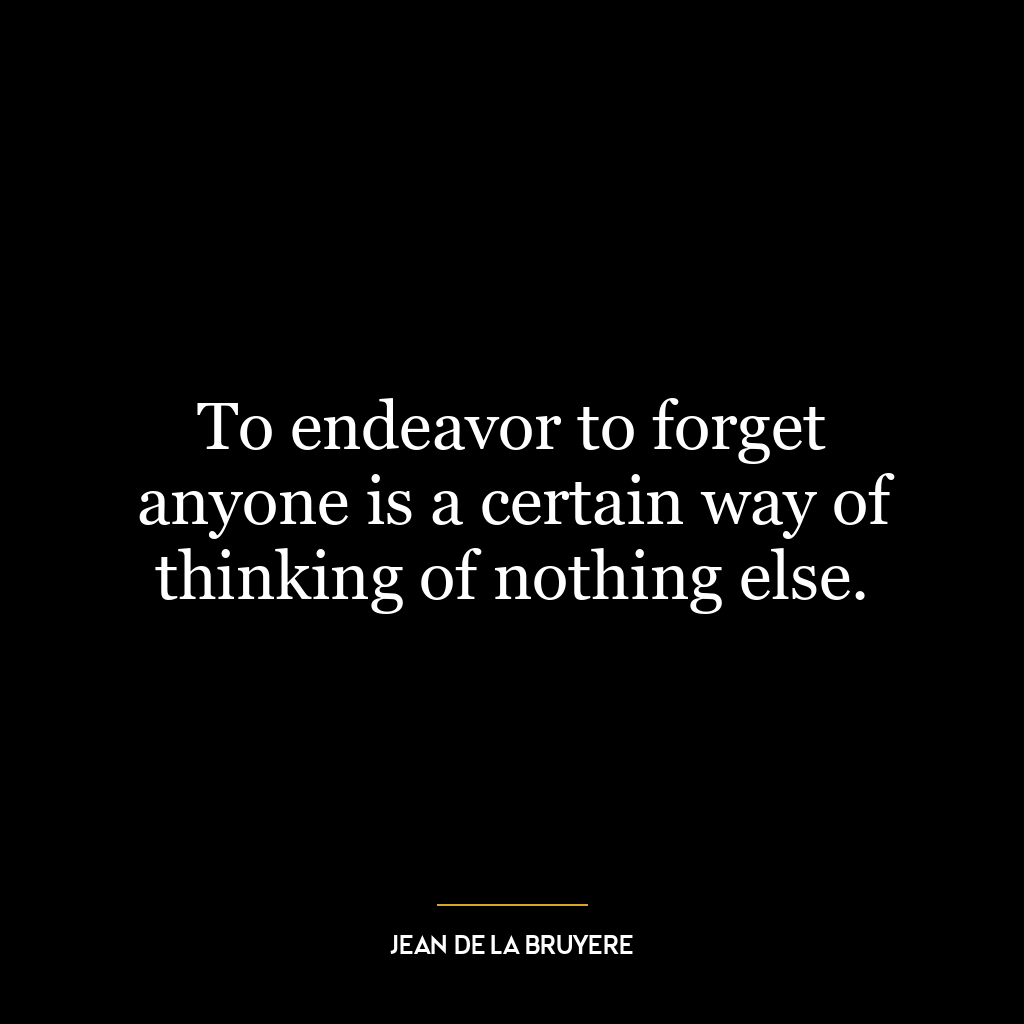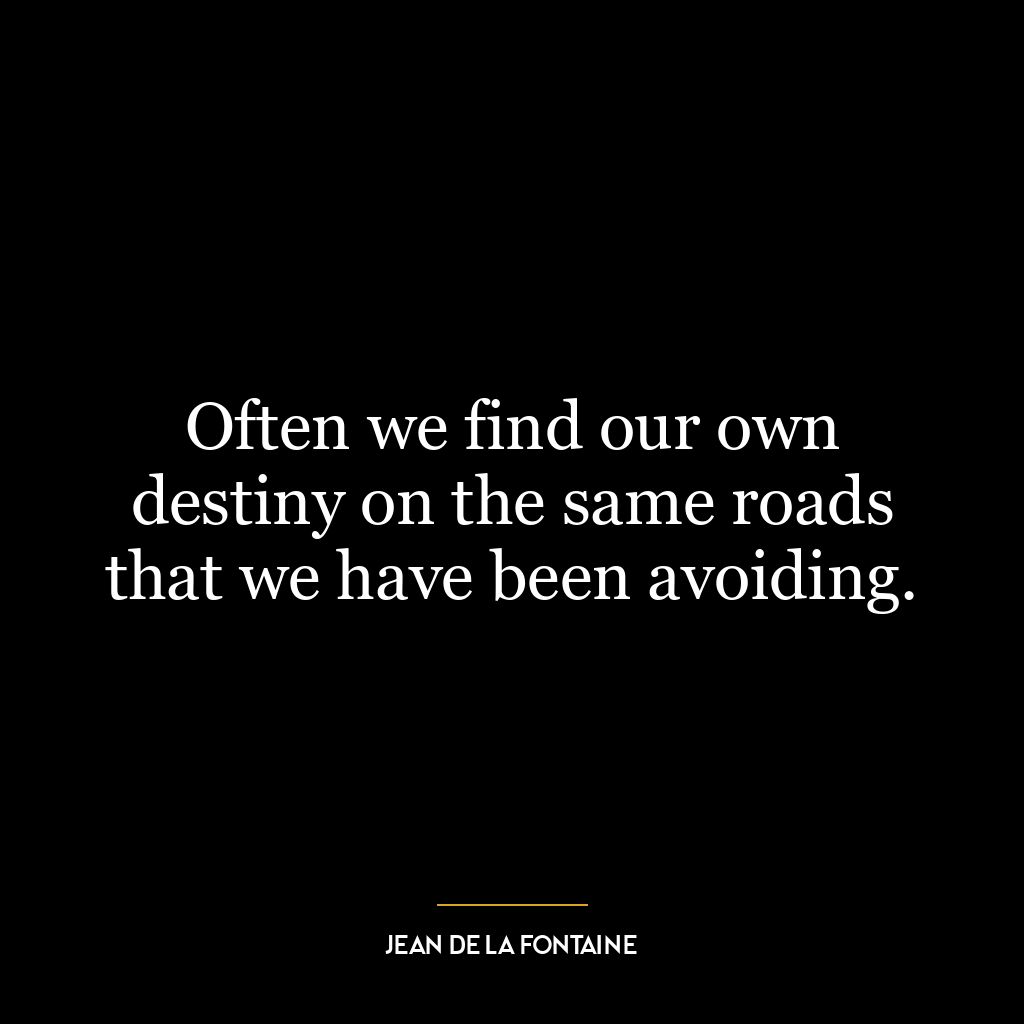I couldn’t bear to think about it; and yet, somehow, I couldn’t think about nothing else.
This quote encapsulates the paradoxical nature of human thought and emotion. It speaks to the idea that the very things we find most painful or difficult to contemplate are often those that consume our thoughts the most. This can be due to a variety of reasons – perhaps it’s a problem we’re trying to solve, a loss we’re trying to process, or a fear we’re trying to overcome. Despite the discomfort it brings, our mind circles back to it, unable to let it go.
The quote also reflects the human tendency to avoid pain. It’s a survival instinct to shy away from what hurts us. But this natural impulse can often trap us in a cycle of avoidance and obsession. We try to push the painful thought away, only to have it rebound with even more force.
In terms of personal development, this quote can be seen as a reminder of the importance of facing our fears and difficulties head-on. Avoidance might offer temporary relief, but it doesn’t lead to resolution or growth. It’s only by acknowledging and addressing the issue that we can begin to move past it.
In today’s world, this idea is particularly relevant. With the rise of social media and the culture of instant gratification, it’s easy to distract ourselves from painful thoughts or difficult issues. But as the quote suggests, these distractions are often just temporary. The issues we avoid will keep coming back until we face them.
Moreover, the quote can also be applied to societal issues. Often, the problems we find hardest to confront are those that require the most attention. Whether it’s climate change, racial injustice, or mental health, these are not issues we can afford to ignore, no matter how uncomfortable they make us feel. The first step towards solving these problems is to think about them, to keep them at the forefront of our minds, even when it’s painful or difficult.








